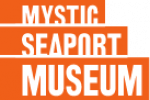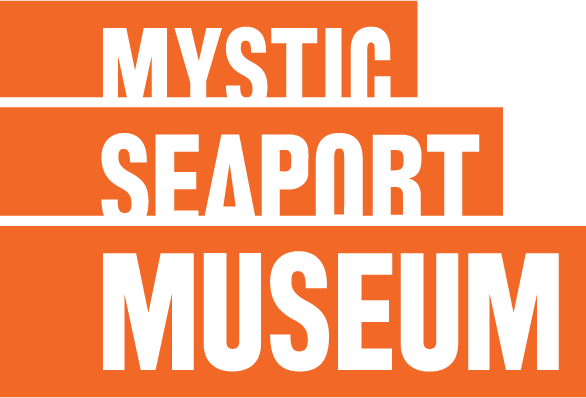
February 15-23, 2014, 10 am-4 pm
It’s February school vacation week and we’re celebrating by offering free admission for children! Come explore the Museum’s 19th-century seafaring village, historic vessels, and maritime exhibits. Take part in plenty of family-fun activities, including:
- Charles W. Morgan — Climb aboard the world’s last wooden whaleship and watch as Shipwrights restore and prepare the vessel for her 38th Voyage this summer. (offered all day)
- Pastimes and Playthings — Step back in time and try your hand at an old-fashioned game of skittles or checkers. (offered all day)
- Navigation Quest — Check out a “Nav. Quest” kit at the Nautical Instruments Shop and find your way around the Museum using the navigational tools of a sailor. (offered all day)
- Sailor Town — In this lively and informative talk, find out what a “sailor’s life for me” truly meant. (daily at 10:30 am)
- Witness to History — Chat with a resident of 1876 Greenmanville about making the most of winter at sea and on shore, explore the sailors’ charity basket, and warm up by the Seamen’s Friend Society parlor stove. (Saturdays and Sundays, 11 am-3 pm)
- How did they do that? — Listen as Museum shipcarvers explain the skills of crafting and gold leafing wooden carvings. (daily at 12:30 pm)
- Captain Hogan’s Pride — Climb aboard the L.A. Dunton and learn the stories of the first owner and skipper of our traditional “Banks.” (daily at 12:45 pm)
- Children’s Storytime — Visit the Children’s Museum to hear stories of the sea and shore. (daily at 1 pm)
- Shipyard Tour — Join our knowledgeable staff as they explain the equipment and activities in our Henry B. duPont Preservation Shipyard. (daily at 2 pm)
- Winter Lights — See Jupiter, the belt stars of Orion, the red eye of Taurus, and other constellations of the winter night sky under our Planetarium dome. (daily at 2 pm and 3 pm, free admission)
- How did they do that? — Learn how scrimshaw was done and by whom. (daily at 3:15 pm)
Make the most of February vacation week by making memories at Mystic Seaport!













